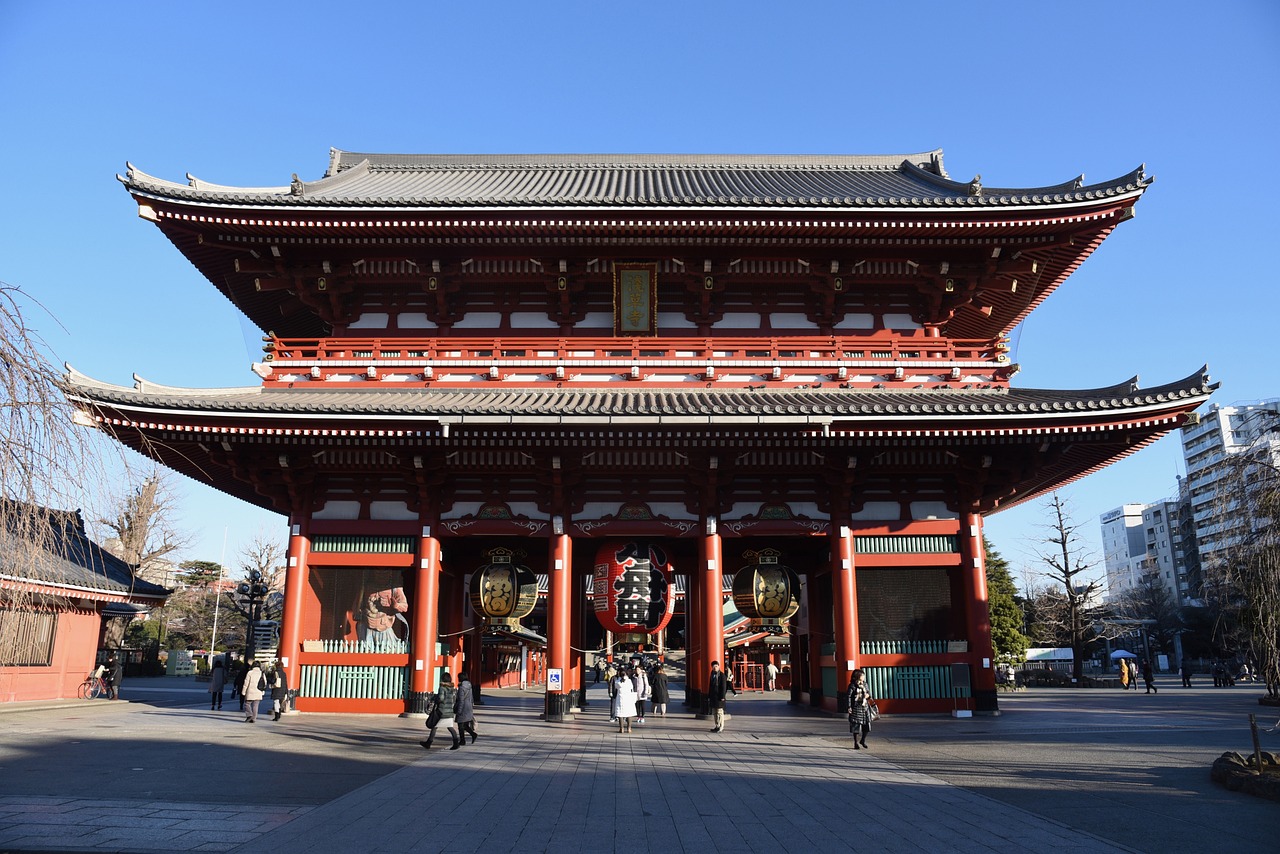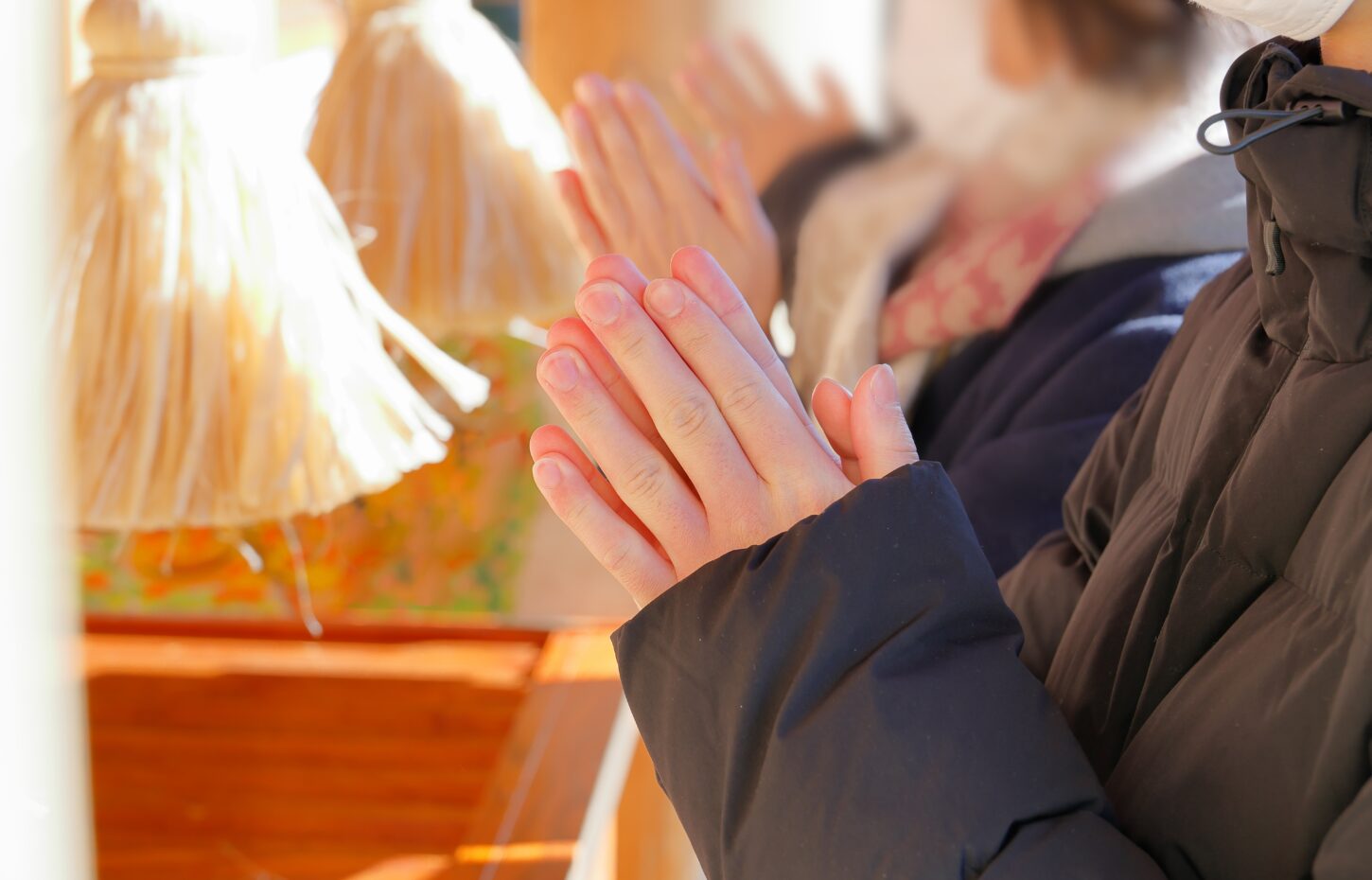
When is the Least Crowded Time in Asakusa? The Complete Guide to Avoid Crowds and Enjoy Comfortably

Asakusa is always bustling with many visitors, but some may wish to avoid the crowds and quietly enjoy its atmosphere. By reading this article, you will learn about the earliest morning hours when crowds are minimal, relatively less busy weekdays, hidden spots away from the hustle and bustle, and recommended walking courses. With just a little planning on timing and routes, you can avoid the congestion and fully enjoy the charm of Asakusa. We will suggest specific ways to make your Asakusa exploration more comfortable and memorable.
1. Introduction: Asakusa’s Crowding Situation and What You Can Learn from This Article
Representing Tokyo’s top tourist destination, Asakusa attracts many visitors from both Japan and abroad daily, especially to Senso-ji Temple, Kaminarimon Gate, and the lively Nakamise Street. While this lively atmosphere is part of Asakusa’s charm, many visitors may also wish to enjoy the town’s ambiance more leisurely and quietly.
Particularly on weekends, holidays, and peak tourist seasons, the crowds can be overwhelming, making it difficult even to move forward. However, by adjusting your visiting times, days, and routes slightly, you can encounter a peaceful and quiet side of Asakusa away from the hustle and bustle.
This article will thoroughly introduce specific methods to avoid the crowds that have long captivated many people and to enjoy Asakusa’s attractions to the fullest.
| What You Can Learn from This Article | |
|---|---|
| Time of Day | Early morning and evening hours when crowds are fewer |
| Days & Seasons | Relatively less busy weekdays and peak periods to avoid |
| Hidden Spots | Tourist attractions and relaxing eateries where you can enjoy avoiding crowds |
| Route Planning | Model courses and tips for comfortable strolling |
Based on this information, why not plan your own special Asakusa walk? We will help you create unforgettable memories in the nostalgic Edo town where gentle time flows.
2. [Time-specific] When is Asakusa the Least Crowded?
Asakusa, bustling with many tourists, can be enjoyed more comfortably by adjusting your visiting times. Here, we introduce relatively less crowded times and how to enjoy them.
| Time of Day | Crowd Level | Recommended Activities |
|---|---|---|
| Early morning (6:00–8:00) | Quiet | Visit Senso-ji Temple, take photos on Nakamise Street |
| Morning (9:00–11:00) | Slightly less crowded | Visit shops right after opening, enjoy street food |
| Evening onward (17:00~) | Normal | Stroll around the illuminated grounds, enjoy night views |
2.1 The Quietest Time: Early Morning (6–8 AM)
Asakusa is at its most serene in the early morning hours. With the hustle and bustle of the day still asleep, the air is crisp, calm, and you’ll truly experience Asakusa’s authentic atmosphere.
- A special moment of worship at Senso‑ji in quiet solitude
Senso‑ji’s main hall opens early, and few visitors arrive at this time. It’s a rare privilege to pray in peaceful surroundings, far from daytime crowds. Bathed in the soft morning light, the Hōzōmon gate and five-story pagoda take on a reverent, almost divine presence—a truly soul-refreshing experience. For opening hours, please refer to the official Senso‑ji website. - Capture Namiki‑dōri with nobody else in sight
Although most shops along Nakamise are still closed, the empty street offers an ideal backdrop for striking photos. You can leisurely take in the artful shutters depicting traditional Edo scenes—another elegant way to enjoy this early hour.
2.2 Relatively Quiet Weekday Mornings (9–11 AM)
Following the early-morning calm, weekday mornings are the next best time to enjoy Asakusa with fewer people. After around 10 AM, foot traffic begins to rise, but it remains much more relaxed than weekends or afternoons. Visiting as shops open lets you comfortably shop and sample local delicacies while avoiding peak crowds.
2.3 A Hidden Quiet Window: Early Evening (After 5 PM)
Evenings—starting around 5 PM—can be surprisingly tranquil. As many daytime tourists begin heading home, Asakusa transforms into a calm, welcoming place.
- Magical, softly lit Senso‑ji at dusk
After sunset, Senso‑ji’s main hall and pagoda are illuminated, glowing beautifully against the night sky. Enjoy this enchanting atmosphere in a peaceful setting—it’s a completely different, captivating Asakusa after dark.

3. Asakusa Crowd Calendar by Day of the Week and Season
When planning your visit to Asakusa, it’s important to consider not only the time of day but also the day of the week and season. Here’s a guide to when Asakusa is typically less or more crowded throughout the year.
3.1 Best Days to Avoid the Crowds: Tuesday to Thursday
Among weekdays, midweek—especially Tuesday through Thursday—is the quietest time to visit Asakusa. Mondays can be unexpectedly busy due to extended weekend travel or substitute holidays, while Fridays often see a rise in foot traffic as the weekend approaches.
3.2 Is It Possible to Avoid Crowds on Weekends or Holidays?
Weekends and public holidays draw large numbers of both domestic and international tourists, making Asakusa especially crowded. Nakamise Street and the Sensoji Temple grounds become packed, often to the point where it’s difficult to walk. However, even on busy days, you can still enjoy a quieter experience by visiting early in the morning or in the evening, or by focusing on lesser-known spots introduced later in this guide.
3.3 High-Crowd Seasons You Should Know About
There are certain periods throughout the year when Asakusa is exceptionally crowded. Unless you’re visiting for a specific event, it’s wise to avoid these times for a more relaxed sightseeing experience.
| Time of Year | Reason / Characteristics |
|---|---|
| New Year’s (Late December – Early January) | The area is packed with visitors for hatsumode (first shrine visit) and the Hagoita Fair. Expect long wait times for temple visits. |
| Cherry Blossom Season (Late March – Early April) | Sumida Park becomes a hotspot for hanami (cherry blossom viewing), drawing large crowds to the riverside. |
| Golden Week | A major national holiday period in early May. Families and tourists flock to Asakusa, making it one of the busiest times. |
| Sanja Festival (3rd Fri–Sun of May) | One of Tokyo’s largest traditional festivals. The streets overflow with people as mikoshi (portable shrines) parade through. See the Asakusa Shrine website for details. |
| Summer Holidays & Obon (Late July – August) | Students and families on vacation contribute to heavy crowds. The Sumida River Fireworks Festival also draws a massive audience. |
| Tori-no-Ichi Fair (November) | Held at Otori Shrine and Chokokuji Temple, this fair attracts merchants and locals wishing for good fortune, with festivities lasting late into the night. |
Even though these times are crowded, they offer a rare chance to experience the festive and cultural spirit of Asakusa. Still, if you prefer a peaceful visit, it’s best to avoid them.
〈Next page〉
Hidden Attractions in Asakusa to Visit Away from the Crowds










No comments yet.